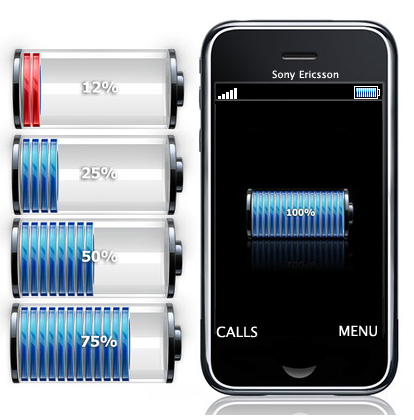Archivists at British Pathé have discovered a silent film showing what could be the world’s first mobile phone – dating from 1922.
‘World’s first mobile phone’ footage from 1922 discovered

The film – titled ‘Eve’s Wireless’ – was uncovered in the archives of British Pathé , and shows two women walking down a street, thought to be in America, before setting up their ‘mobile phone’.
Using the phone involved wrapping a lengthy wire around a fire hydrant, then putting up an umbrella to act as an aerial, before speaking into a mouthpiece connected to a chunky box. A process nearly as complicated as trying to find a decent 3G signal in central London if you’re on certain networks.
In the film, the women are shown connecting to an operator who then plays a gramophone record for them, in what appears to be a rudimentary version of Spotify’s mobile app.
Title cards on the film read: ‘Bless us, they’re never still – always up to something new. And Eve’s latest invasion is in the wireless world. It’s Eve’s portable wireless ‘phone – and won’t hubby have a time when he has to carry one!’
British Pathé are now asking for anyone who has any more information about the technology to get in touch . British Pathé’s Mark Harris said: ‘One of our researchers came across the clip and we were amazed that the idea was so old, we are used to budding technologies appearing in the 1950s and 60s but this is four years before television was first demonstrated.
‘It’s amazing that nearly 90 years ago mobile phone technology and music on the move was not only being thought of but being trialled.’
It is not believed that Eve’s wireless phone supported Flash.
Check Mobile Phones In Dubai, UAE for more Details visit our website Awok
Source: http://awok-com.blogspot.ae/2015/08/worlds-first-mobile-phone-footage-from.html
website: www.awok.com
Post By: Ramiz Ali Khan
‘World’s first mobile phone’ footage from 1922 discovered

The film – titled ‘Eve’s Wireless’ – was uncovered in the archives of British Pathé , and shows two women walking down a street, thought to be in America, before setting up their ‘mobile phone’.
Using the phone involved wrapping a lengthy wire around a fire hydrant, then putting up an umbrella to act as an aerial, before speaking into a mouthpiece connected to a chunky box. A process nearly as complicated as trying to find a decent 3G signal in central London if you’re on certain networks.
In the film, the women are shown connecting to an operator who then plays a gramophone record for them, in what appears to be a rudimentary version of Spotify’s mobile app.
Title cards on the film read: ‘Bless us, they’re never still – always up to something new. And Eve’s latest invasion is in the wireless world. It’s Eve’s portable wireless ‘phone – and won’t hubby have a time when he has to carry one!’
British Pathé are now asking for anyone who has any more information about the technology to get in touch . British Pathé’s Mark Harris said: ‘One of our researchers came across the clip and we were amazed that the idea was so old, we are used to budding technologies appearing in the 1950s and 60s but this is four years before television was first demonstrated.
‘It’s amazing that nearly 90 years ago mobile phone technology and music on the move was not only being thought of but being trialled.’
It is not believed that Eve’s wireless phone supported Flash.
Check Mobile Phones In Dubai, UAE for more Details visit our website Awok
Source: http://awok-com.blogspot.ae/2015/08/worlds-first-mobile-phone-footage-from.html
website: www.awok.com
Post By: Ramiz Ali Khan













